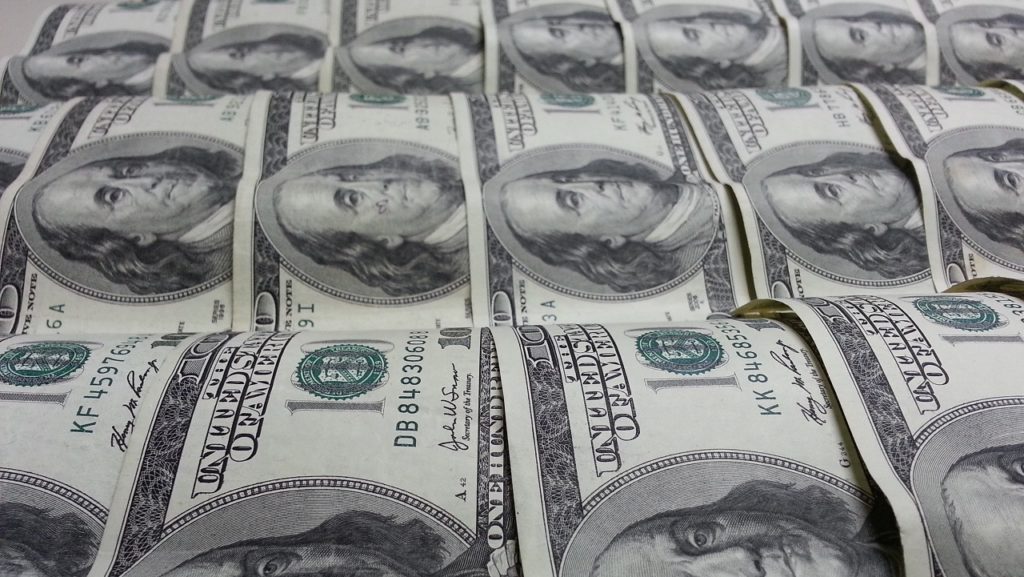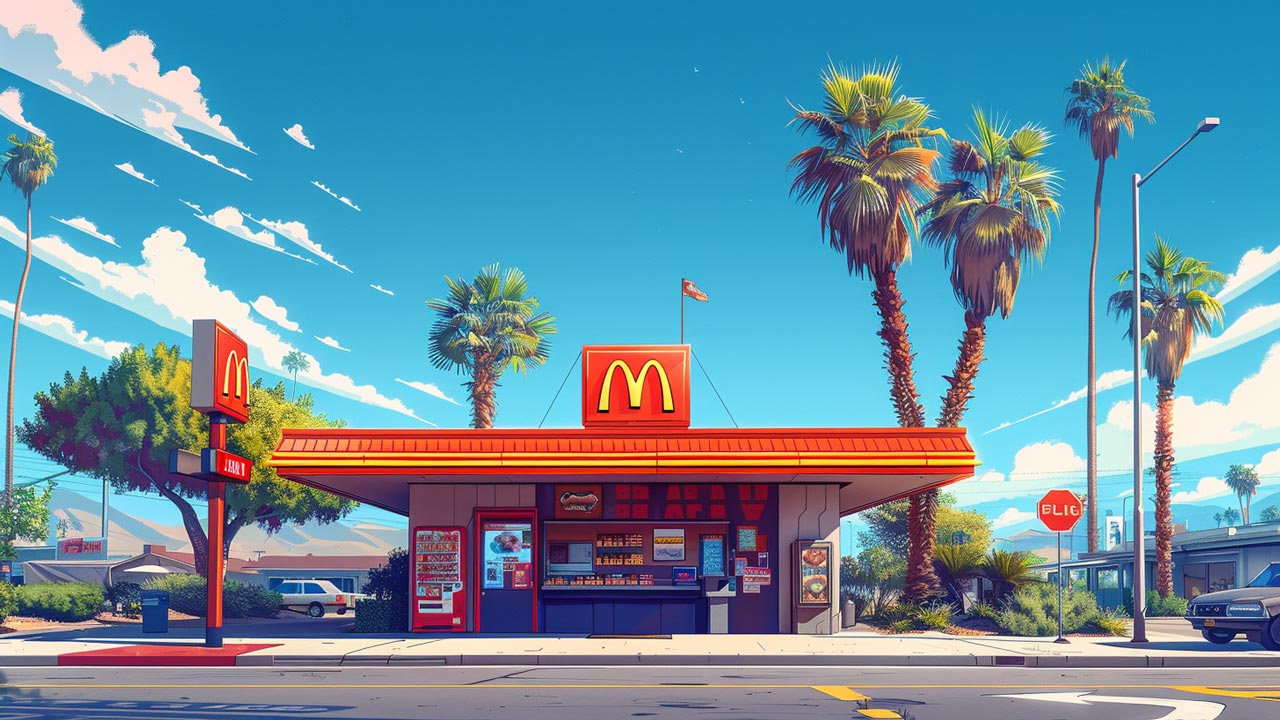Peter Schiff: Transitory Permanence
The inflation that we were emphatically told would be transitory and unmoored continues to persist and entrench. As the troubles gather momentum Washington is doing its best to ignore the problem or actively make it worse.
The latest batch of data shows that the Consumer Price Index rose 5.4% in September, the 5th consecutive month that year over year inflation came in at more than 5%. The figure rises to 6.5% if we project the inflation levels of the first 9 months of 2021 to the entire calendar year. The last time we had to contend with numbers like these, Jimmy Carter was telling us all to put on our sweaters.
Recent developments should be sounding the alarms. Whereas earlier in the year inflation was largely driven by supercharged price increases in narrow sectors, such as used cars and hotel rooms, it’s now occurring in a much wider spectrum of goods and services.
In September, the cost of used autos fell month over month (but are still up 24% year over year), but that didn’t help the overall CPI, which saw increases just about everywhere else. Over the past 12 months: beef prices are up 17.6%, seafood prices up 10.6%, home appliances up 10.5%, furniture and bedding up 11.2%, and new cars up 8.7%.
Even more alarming is that oil is up over $80 per barrel for the first time in almost 10 years and many analysts see $100 in the near future. That has translated to more than a $1 increase in per gallon gasoline prices, a 50% increase in a year. Home heating oil prices are already up 42% year over year and are expected to spike up again when winter demand peaks. For many low-income residents of the North and Upper Midwest, these types of increases could be very hard to bear, particularly if we have a cold winter.
As I have said many times before, the biggest flaw in the way we measure inflation (and there are many of them) is how the government deals with housing. While the Case Shiller Home Price Index is up more than 20% year over year, and national rents are up more than 12% over the same time frame, the CPI has largely ignored these increases in housing costs. Instead, the government relies on the dubious and amorphous concept of “Owners Equivalent Rent” which asks homeowners to guess how much they would have to pay to rent a house of similar quality to the one they to the one they own. Conveniently, that meaningless figure, which constitutes almost 30% of the total CPI, is only up 3% year over year. If actual rent increases were used instead, the CPI would be almost three full percentage points higher.
In fact, relying on the government to tell us the truth about inflation is a bit like asking high school students to grade their own report cards. There are countless incentives that exist institutionally for the government to underreport inflation. It allows them to make stealth cuts to Social Security, to create higher nominal incomes and capital “gains” to tax, and to minimize the interest rates it pays on over $28 trillion in debt as inflation. But since GDP is adjusted for inflation, it also makes economic growth appear higher than it really is. The methodology for computing the CPI index was specifically designed to minimize the impact of rising prices. But I don’t believe that this is a conspiracy. Once you understand how institutional bias works, how careers are made by finding new plausible ways to underreport inflation, and how they are ruined by claiming the opposite, you can see how the numbers get farther away from reality with each passing year.
But the disconnect has become so obvious that top officials at the Federal Reserve and the Treasury Department have begun warning the public to prepare for higher prices. In her latest exercise of goal post moving, Treasury Secretary Janet Yellen said, “I believe that price increases are transitory, but that doesn’t mean they’ll go away over the next several months.” We can expect that months will soon turn into years, as the definition of “transitory,” gets ever more elastic.
This week the government announced that the inflation-adjusted cost of living increases for Social Security payments in 2022 will be 5.9%, the highest such increase since 1982. In addition to throwing yet another log on the government deficit fire, the increase is a direct admission that inflation is not going away.
Despite the marginal increase in wages that the Biden Administration likes to talk about, or the cost of living increases for our seniors, the average American makes less money. After adjusting for inflation real hourly earnings in the United States have dropped 1.9% so far this year. This is the stagflation that I have been warning about. Welcome back to the Carter Administration. We can expect Joe Biden to break out our sweaters if home heating bills get too high this winter.
Team Biden has been working overtime to suggest that the price increases and supply shortages are resulting from temporary bottlenecks at port facilities. Imports are particularly sensitive as our trade deficit has widened to record levels in recent months, making Americans ever more reliant on overseas goods. To combat the problem the Administration has ordered that some ports begin to operate 24 hours a day. (Left unsaid was the very fact that American ports – due to the strength of the Longshoreman’s Union – operate at very spare schedules versus foreign counterparts).
But the effect of this order will be far milder than the Administration hopes. Firstly, it is unclear how many port facilities will comply. Some have noted for instance that the Port of Los Angeles agreed to go 24 hours at only one of its six docks. (Currently, the wait time to enter that port is approaching three weeks). And secondly, most industry analysts note that the problem is not the hours of the dock facilities themselves but the shortfalls of the domestic trucking industry to move the goods once they arrive. Not only are we struggling with a lack of drivers, who struggle with government regulations that sharply limit the number of hours they are allowed to drive, but a lack of shipping containers to put back on the ships. Since many ships refuse to leave unloaded, which greatly reduces their profitability, America needs to first solve a host of problems to get the ports in better order.
But what we are seeing in a larger sense are the fruits of 15 years of bad investments in things that we don’t need and very little investment in the things we do. The ultra-low interest rates that have become the bedrock of our bubble economy have channeled investment capital into the wrong places. These low rates have encouraged corporations to borrow recklessly to buy back shares and inflate stock prices. Such moves have enriched shareholders but have done little to expand productive capacity.
Low rates have also led to runaway speculation in untested and unneeded industries. We have seen massive investments in social media, e-commerce, entertainment, cryptocurrencies, financial technology, and most recently Non-Fungible Tokens (NFT’s). As a result, we have really built out our capacity to post videos, buy things online, and pay for them in new ways. But we have invested comparatively little in boring industries like manufacturing, energy, transportation, and agriculture. As a result, we have all sorts of ways to buy stuff, and gimmicks for how to pay for it later, but we lack the capacity to produce and distribute all the goods we want to buy in the first place.
What’s worse is that given the current policies of the Biden Administration, none of that is going to change anytime soon. His expanded social safety net programs, overly generous unemployment benefits, higher taxes and regulation, and unneeded vaccine mandates are discouraging workers from working and employers from hiring. The American workforce is more than five million workers smaller than it was before the pandemic. That is not an accident. If the Democrats get their caucus together long enough to pass even a slimmed-down version of Biden’s Build Back Better plan look for all these problems to get worse.
With fewer workers working, supplies of goods and services have diminished. Government will look to replace the lost production with even more monetary and fiscal stimulus, which just leads to more inflation, financial speculation, and rising asset prices, largely benefiting the wealthy, and falling the hardest on the poor who have no appreciating assets to compensate for the rising cost of living.
But rather than fixing the problem, our current leaders are mostly worried about equity and diversity. The five leading candidates to replace Jerome Powell, if he is not renominated, all are either female or African American. Now I have no problems with hiring women or minorities in key positions. But if all your candidates come exclusively from those groups, then it’s clear that identity is more important than competency at this moment in time. But if there was ever a time that we needed competence, it’s now.





 Whenever an election year rolls around, domestic manufacturing becomes a more central theme of discussion. Candidates from both sides, who seem to disagree on almost everything else, never waver in their commitment to auto manufacturers in Detroit and the steel industry. Republicans and Democrats never forget to remind the American public that they will try […]
Whenever an election year rolls around, domestic manufacturing becomes a more central theme of discussion. Candidates from both sides, who seem to disagree on almost everything else, never waver in their commitment to auto manufacturers in Detroit and the steel industry. Republicans and Democrats never forget to remind the American public that they will try […] The wizards at the Fed and US Treasury have been forced to acknowledge that their “transitory,” inflation is, in fact, quite “sticky.” And with the inflation elephant now acknowledged by the circus of high finance, Treasury yields keep inching up, recently reaching 4.7% — the highest since November. The Fed is stuck: It needs to raise interest rates to tame inflation and […]
The wizards at the Fed and US Treasury have been forced to acknowledge that their “transitory,” inflation is, in fact, quite “sticky.” And with the inflation elephant now acknowledged by the circus of high finance, Treasury yields keep inching up, recently reaching 4.7% — the highest since November. The Fed is stuck: It needs to raise interest rates to tame inflation and […] The solution to a problem shouldn’t make the problem worse. But apparently, California’s policy makers missed that memo. On April 1st, the state instituted a $20 minimum wage for fast food workers, the highest in the US. With California’s absurdly high cost of living, the policy appeared to make life more manageable for low-income residents. Unfortunately, as the adage goes, “If it sounds too […]
The solution to a problem shouldn’t make the problem worse. But apparently, California’s policy makers missed that memo. On April 1st, the state instituted a $20 minimum wage for fast food workers, the highest in the US. With California’s absurdly high cost of living, the policy appeared to make life more manageable for low-income residents. Unfortunately, as the adage goes, “If it sounds too […] The monetary battle of the 20th century was gold vs. fiat. But the monetary battle of the 21st century will be gold vs. bitcoin. With Wall Street jumping into the game with bitcoin ETFs, a bitcoin halving recently splitting the block reward for miners in half, and both gold and bitcoin hovering near their all-time highs, it’s a great time for […]
The monetary battle of the 20th century was gold vs. fiat. But the monetary battle of the 21st century will be gold vs. bitcoin. With Wall Street jumping into the game with bitcoin ETFs, a bitcoin halving recently splitting the block reward for miners in half, and both gold and bitcoin hovering near their all-time highs, it’s a great time for […] What is Nvidia? If you’re a committed gamer the question may sound like nonsense. Nvidia, which was founded in 1993, is a tech company that makes GPUs and other products. It originally specialized in making products for the video game industry, that assisted in 3D rendering. If you were a committed gamer, you probably owned their products. If you weren’t, you might not have heard of them.
What is Nvidia? If you’re a committed gamer the question may sound like nonsense. Nvidia, which was founded in 1993, is a tech company that makes GPUs and other products. It originally specialized in making products for the video game industry, that assisted in 3D rendering. If you were a committed gamer, you probably owned their products. If you weren’t, you might not have heard of them.